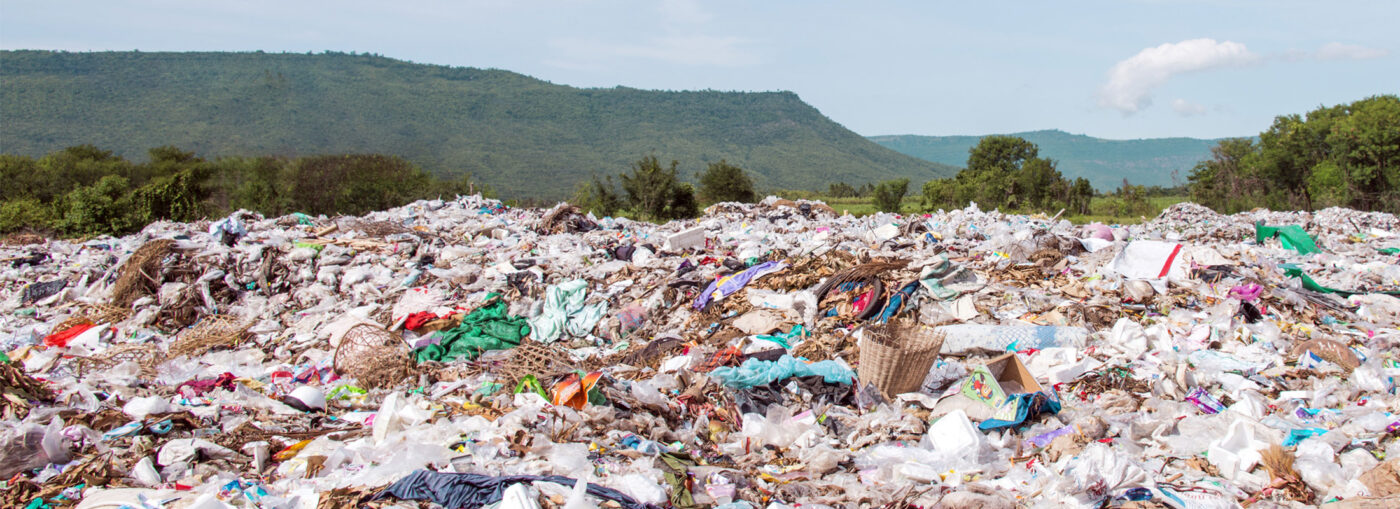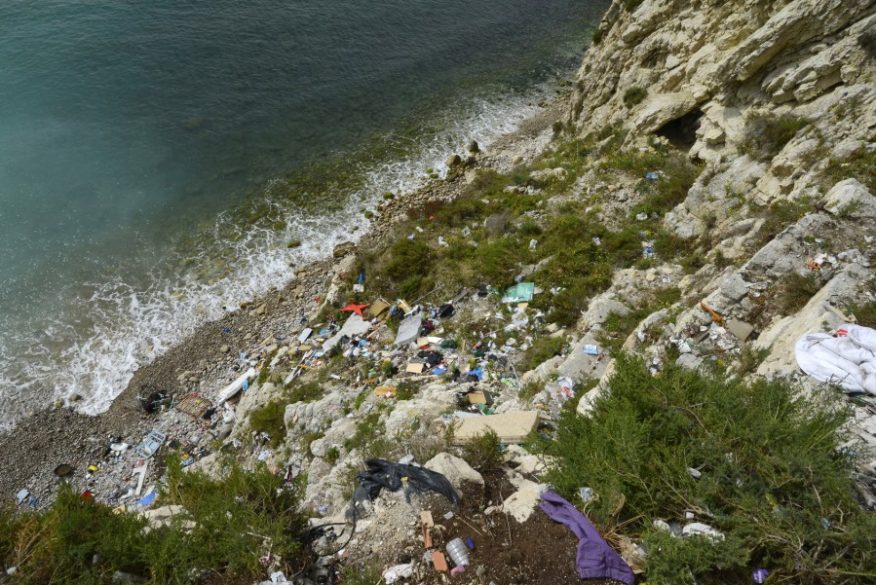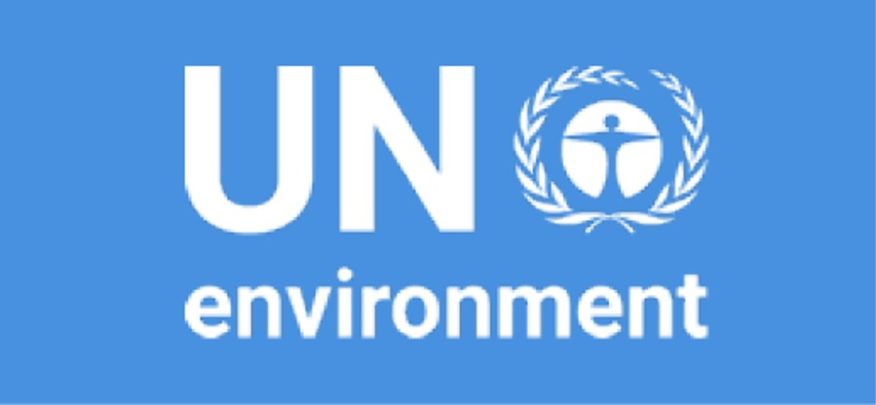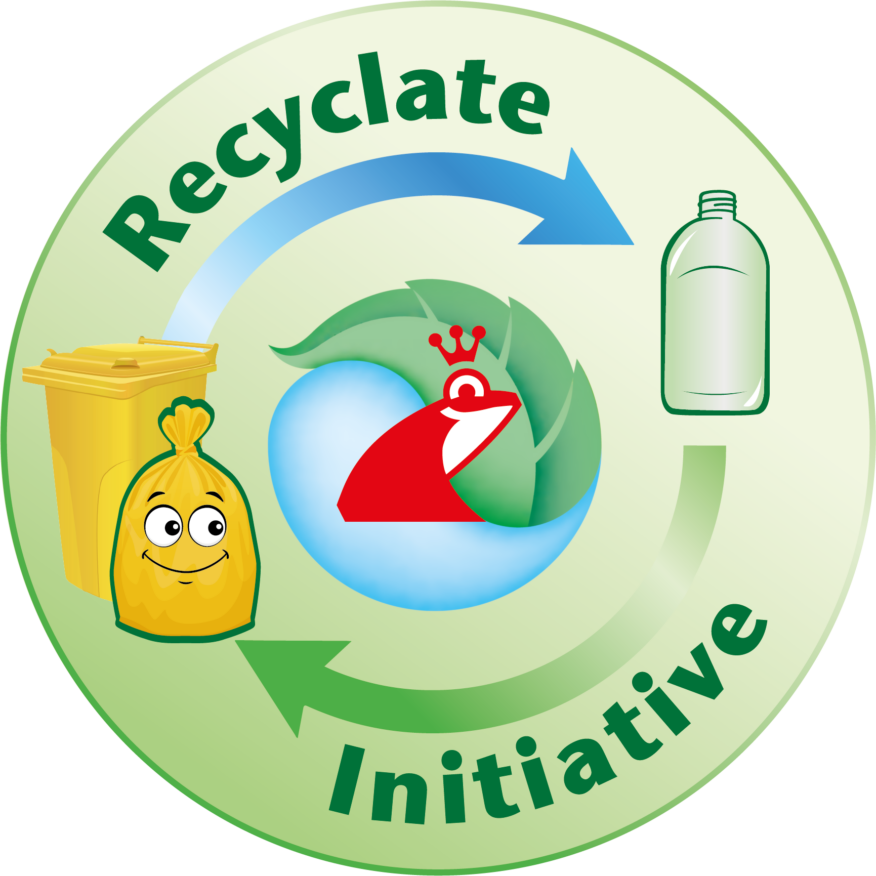

How does plastic get into the ocean?

The development of solutions to save the world for the tide of trash requires information about where it comes from. There are significant regional differences in input to the ocean from land- and sea-based sources. Of the six to eight million tons of plastic waste “leaked” into the ocean every year, about 10 to 20 percent originates in the shipping and fishing industries and from other uses of the sea. Transport packaging, loads that fall overboard, lost nets (ghost nets), fishing gear including hooks and the like float for decades or accumulate on the ocean floor, where they remain for hundreds of years.
Added to that is debris from offshore structures and industrial aquaculture operations in which fish and shellfish are raised.
There are significant regional differences in the relative importance of sources and pathways to the ocean. For the North Sea, the German Environment Agency (UBA) says shipping and fishery are the main input pathways for marine litter.
Trash goes from land into the ocean
The greatest portion – approximately four-fifths – of plastic marine litter moves from land to ocean. On a global scale, we see major differences from one continent to another and even from country to country in terms of the amount of trash, the paths of contamination, mitigation strategies, and the effects on the environment, health and the economy. The tons of plastic leaking into the ocean today is equivalent to dumping the contents of one garbage truck every minute. It is imperative that the global community coordinate steps to stem the tide of trash and intensify efforts. If no action is taken, the amount of trash could increase to equal four fully-loaded garbage trucks per minute (WEF 2016).
The solution lies on land

We have to stop the flood of trash that reaches the ocean year after year so that the oceans will not contain more trash than fish one day. The United Nations Environment Programme (UNEP) says plastic litter in the oceans can be considered “a common concern of mankind”. Although all interactions and effects have yet to be researched in detail, that should not be an excuse to avoid taking up the problem and developing solutions which can bring about significant improvements at organizational, political and technical levels. (UNEP 2016)

In 2012 the Recyclate Initiative from Werner & Mertz began working on a solution involving genuine recycling of PET and other plastics from the Yellow Bag in order to conserve raw materials and reduce waste. Since then we have brought to market 390 million bottles made from PET recyclates and packaging produced from other recycled plastics. This achievement shows that the principle of the circular economy is an essential step in the solution demanded by the United Nations.